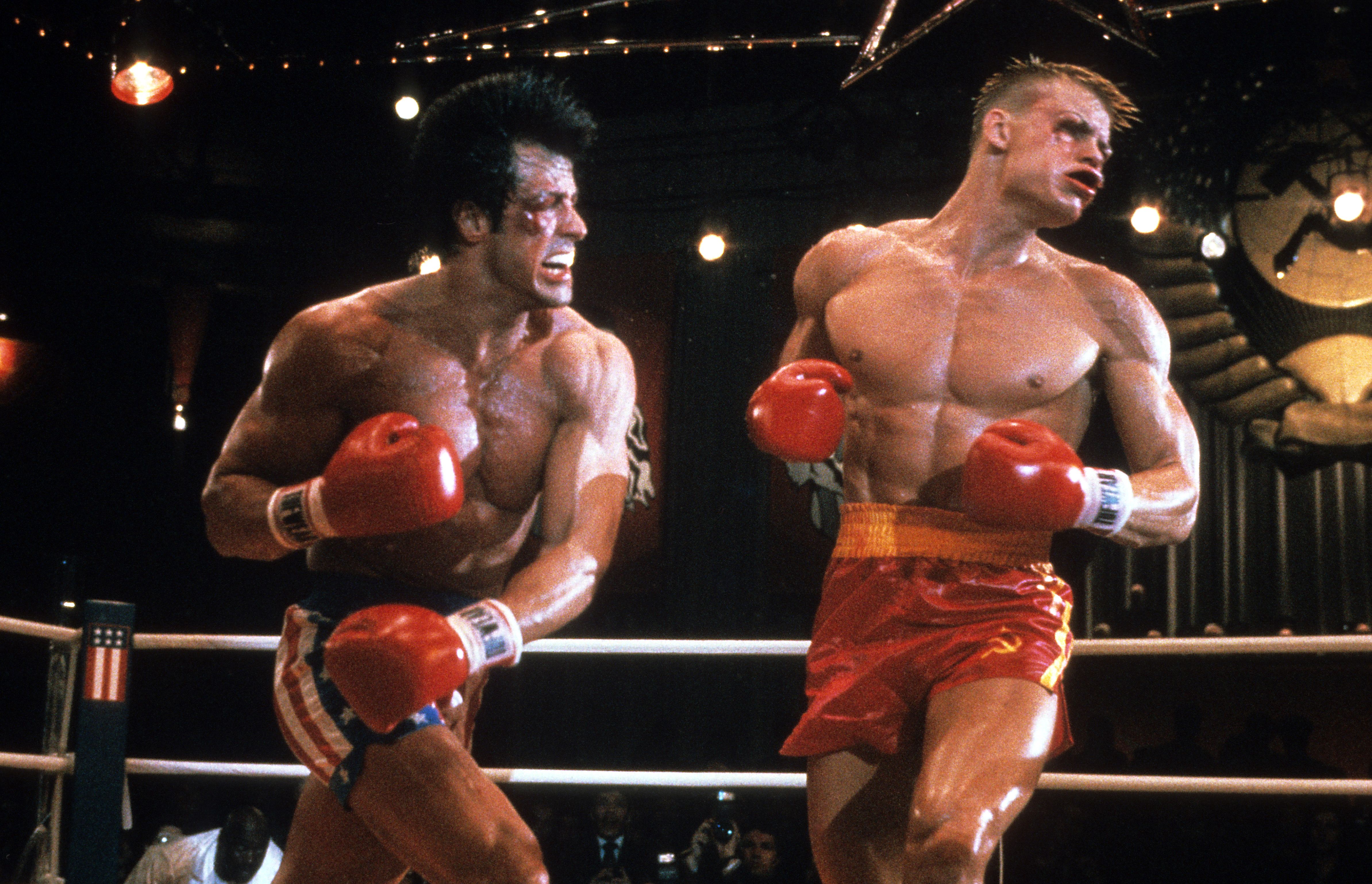Upon its 1999 debut, ‘The Matrix’ captivated both viewers and reviewers, offering a film experience that revolutionized action cinema. Under the direction of Lana and Lilly Wachowski, ‘The Matrix’ went beyond simple entertainment; it reshaped visual narratives, technical benchmarks, and intellectual profundity within the action category. A review of its impact demonstrates how this unique endeavor initiated a fundamental change, motivating directors globally, altering what audiences anticipated, and establishing itself as a foundational touchstone for future eras.
A Fresh Approach to Visual Effects
At the heart of ‘The Matrix‘ revolution lies its groundbreaking approach to visual effects, particularly what became known as bullet time. This technique simulated a scene in which the action appears to unfold in surreal slow motion while the camera seems to move at normal speed around the subject. Achieved through a combination of high-speed photography, motion-controlled cameras, and sophisticated digital compositing, bullet time provided audiences with perspectives previously unimaginable. The iconic sequence where Neo, played by Keanu Reeves, dodges oncoming bullets in a fluid arc became a cinematic touchstone. Filmmakers across Hollywood and beyond immediately sought to emulate and adapt this effect, from ‘Charlie’s Angels’ to video games like ‘Max Payne,’ embedding the technology and its aesthetic into the popular consciousness.
Innovative Choreography and the Integration of Martial Arts
Prior to ‘The Matrix,’ Hollywood action choreography generally favored brute strength or straightforward shootouts. The Wachowskis, however, brought in legendary Hong Kong fight choreographer Yuen Woo-ping to train the cast in wire-fu and martial arts techniques. This east-meets-west fusion produced balletic, gravity-defying combat never before seen in Western action films. Characters fought with a precision and fluidity reminiscent of wuxia cinema, yet these sequences were contextualized within a cyberpunk, American narrative structure. This collaboration catalyzed a trend: Western productions increasingly looked to Asian choreographers and techniques, as seen in franchises like ‘Kill Bill,’ ‘Crouching Tiger, Hidden Dragon,’ and ‘John Wick,’ graduating the genre beyond simple physical brawls to elaborately constructed ballets of violence.
Philosophy and Mythology: An Intellectual Dimension
‘The Matrix’ distinguished itself not only through its visual spectacle but also by blending action with profound philosophical and existential inquiries. The storyline prompted viewers to ponder concepts of reality, individual autonomy, and selfhood, drawing influence from philosophers such as Jean Baudrillard and themes from mythology and religious traditions. The widely referenced red pill/blue pill choice serves as a concise representation of the movie’s deep existential implications. By integrating complex metaphysical ideas into its intense action scenes, ‘The Matrix’ motivated other directors to incorporate intellectual depth and thematic richness into genre films, thereby setting a precedent for more ambitious narratives in movies like ‘Inception’ and ‘Blade Runner 2049.’
Technological Integration and World-Building
A significant innovation was the movie’s flawless incorporation of digital technology into both its storyline and visual presentation. ‘The Matrix’ portrayed a reality where the lines between human existence and digital creations were blurred, foreshadowing discussions about virtual reality and simulation concepts. Visual elements like the flowing green code and severe minimalist architecture grew to be not just iconic, but also indicative of the film’s core ideas concerning awareness and dominance. Thus, the action sequences were not just for show, but intrinsically linked to the movie’s universe creation and emotional impact. Numerous later movies and shows, ranging from ‘Minority Report’ to ‘Westworld,’ have embraced this approach, blending technology and action to enrich their narratives.
Audio, Post-Production, and Visual Harmony
The impact of ‘The Matrix’ also extends into its auditory landscape and editing style. The film’s sound design, characterized by high-pass filtered gunshots, digitally manipulated punches, and the inventive use of silence, amplified tension and realism. Composer Don Davis’s score merged electronic music with orchestral bravado, marking a departure from more traditional action soundtracks. The use of rapid-fire editing—coherently choreographing spatial geography even in complex scenes—set a standard for clarity amidst chaos. This meticulous crafting ensured that visual spectacle did not blur narrative comprehension, an issue that plagued many earlier action sequences.
Empowering Narrative Diversity and Inclusive Casting
Another dimension of ‘The Matrix’s’ legacy is its progressive approach to character identity. While not overt at the time, subsequent analysis and interviews have highlighted themes of transformation, choice, and non-conformity that resonate with marginalized identities, including trans narratives—a reflection of the Wachowskis’ own lived experiences. The film’s diverse casting, particularly Laurence Fishburne as Morpheus, broke ground for more inclusive representation in genre cinema, broadening the emotional and demographic reach of action films.
Box Office Legacy and Industry Impact
The success of ‘The Matrix’ was not merely artistic but also commercial. Grossing over $460 million worldwide against a $63 million budget, it demonstrated a robust appetite for innovative action features. Immediate industry response included a surge in high-concept, effects-driven blockbusters, an increased investment in digital post-production, and a new willingness to support auteur-driven projects with ambitious philosophical underpinnings. Major studios accelerated research and adoption of green screen technology, motion capture, and digital compositing, rapidly evolving the toolkit available for the genre.
Lasting Impact and Societal Significance
Two decades after its release, the echoes of ‘The Matrix’ are unmistakable in contemporary action cinema. Phrases like “I know kung fu” and “the Matrix” itself have entered the lexicon as shorthand for revelatory, paradigm-shifting moments. The film inspired volumes of scholarly analysis, fan theories, and countless artistic homages, maintaining cultural vitality across mediums and generations.
Year after year, ‘The Matrix’ continues to serve as a blueprint and a benchmark for action films. Its legacy is evident in how creators now approach choreography, thematic depth, technological integration, and narrative inclusivity. It challenged conventions, broadened horizons for what action films could communicate, and left an indelible imprint on both the craft and philosophy of cinematic storytelling.


